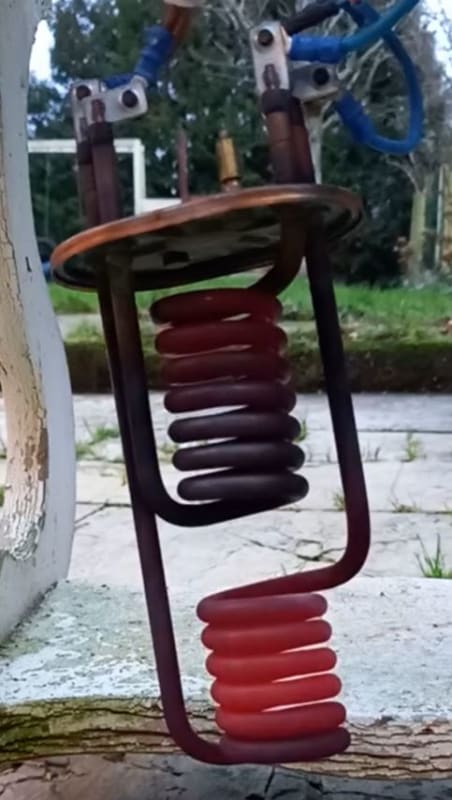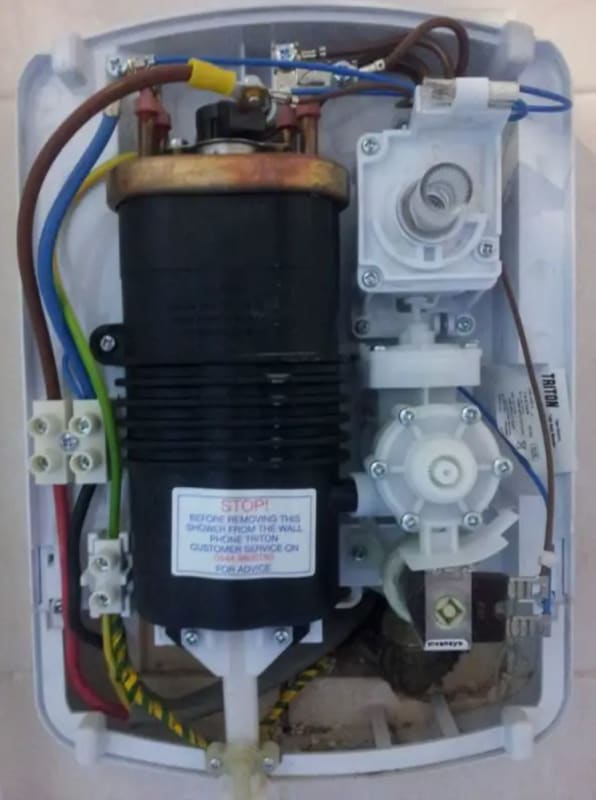-
1
- #1
Jack Benson
Industrial
Hello,
in the UK, Ireland and several other EU countries, instant electric showers that heat cold water at the point of use are common.
in the shower unit is a heating element that is between 7 to 10.5 kW (230v 30-45 amps)
Normally a coil heating element is used like this:

does anyone know the typical energy density (W / cm2) of the heating element?

thank-you
in the UK, Ireland and several other EU countries, instant electric showers that heat cold water at the point of use are common.
in the shower unit is a heating element that is between 7 to 10.5 kW (230v 30-45 amps)
Normally a coil heating element is used like this:

does anyone know the typical energy density (W / cm2) of the heating element?

thank-you


